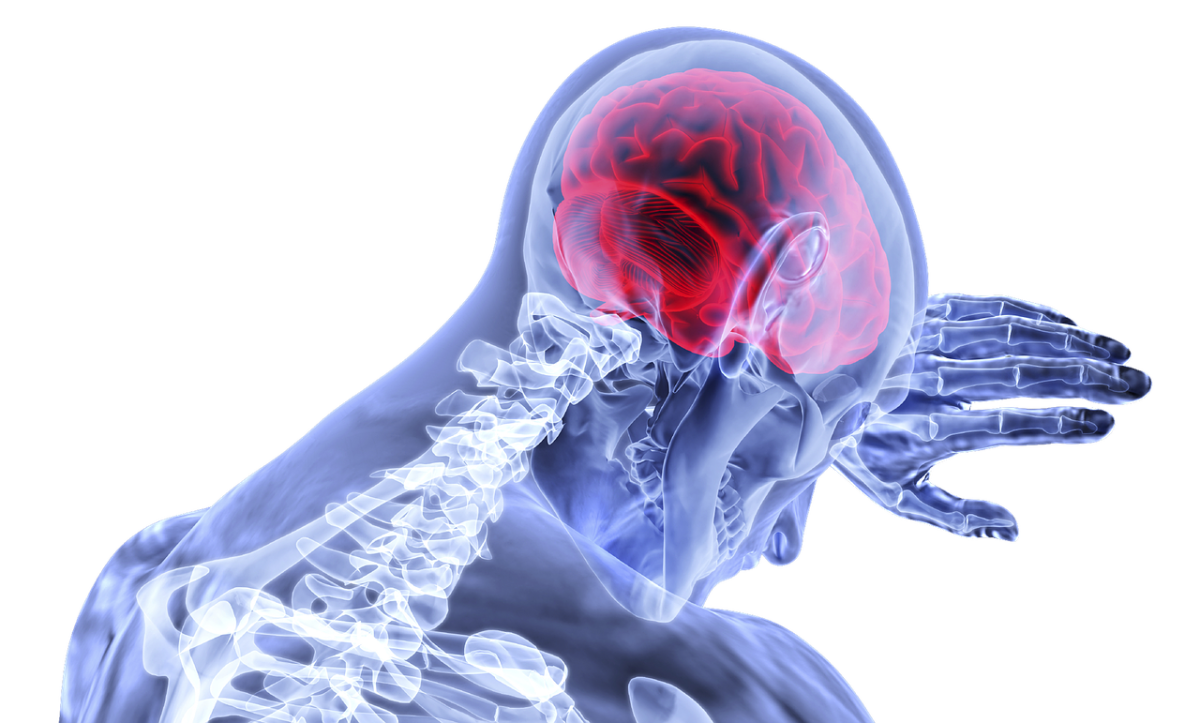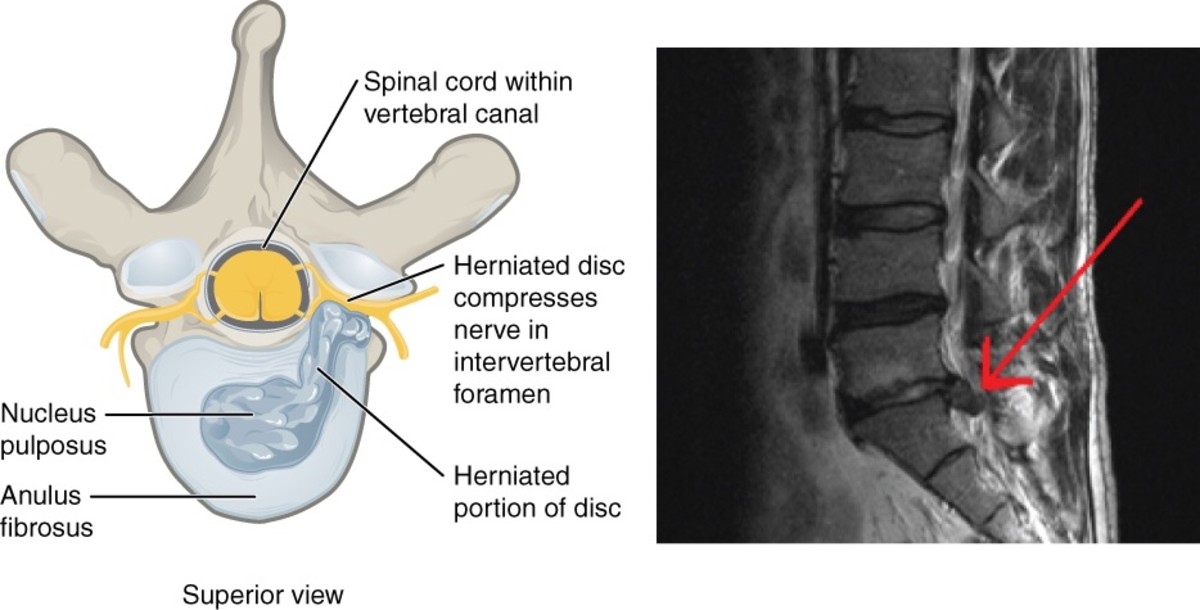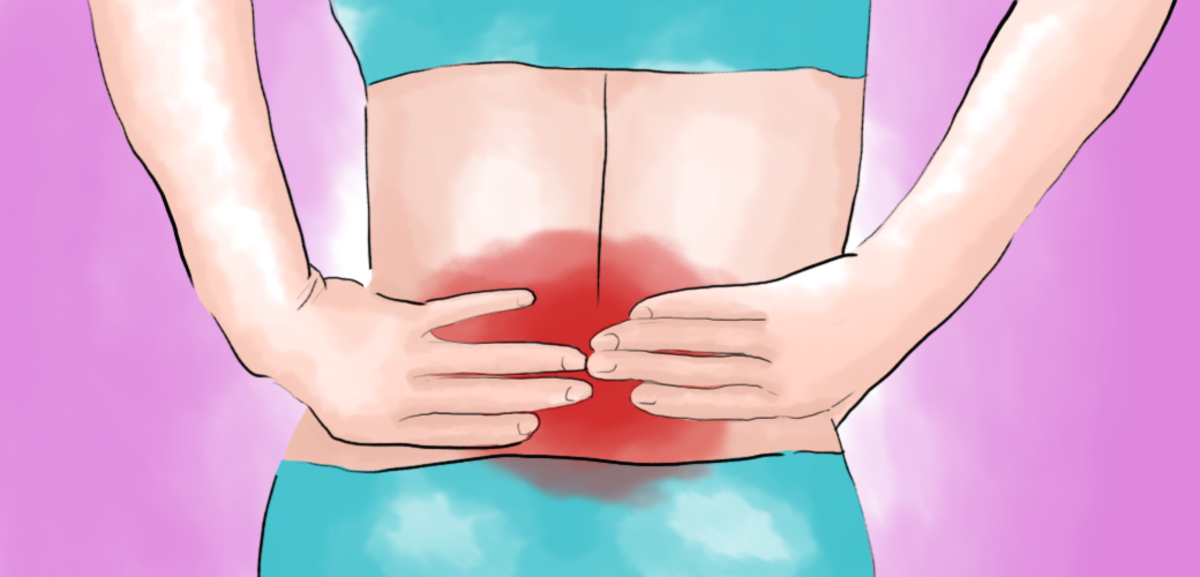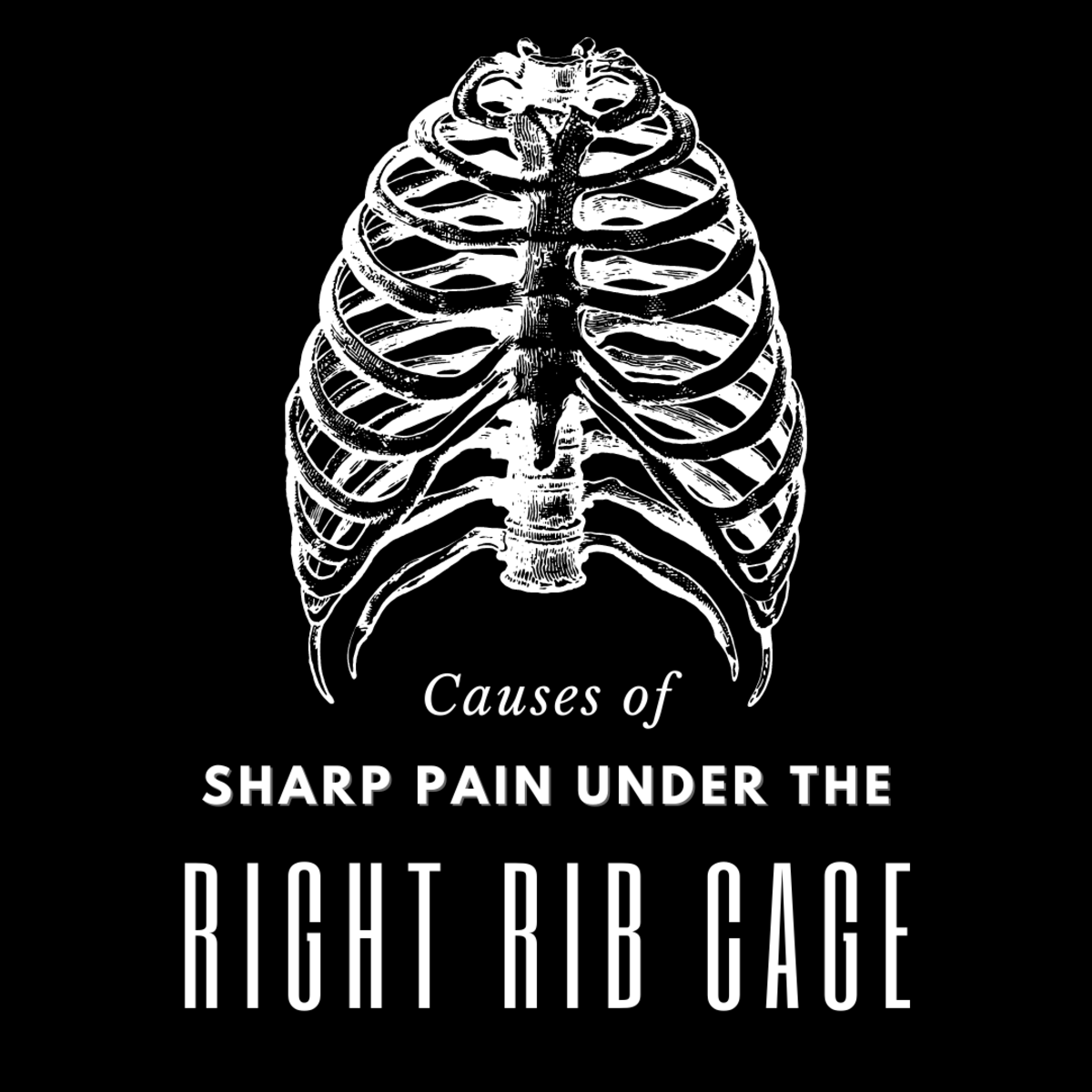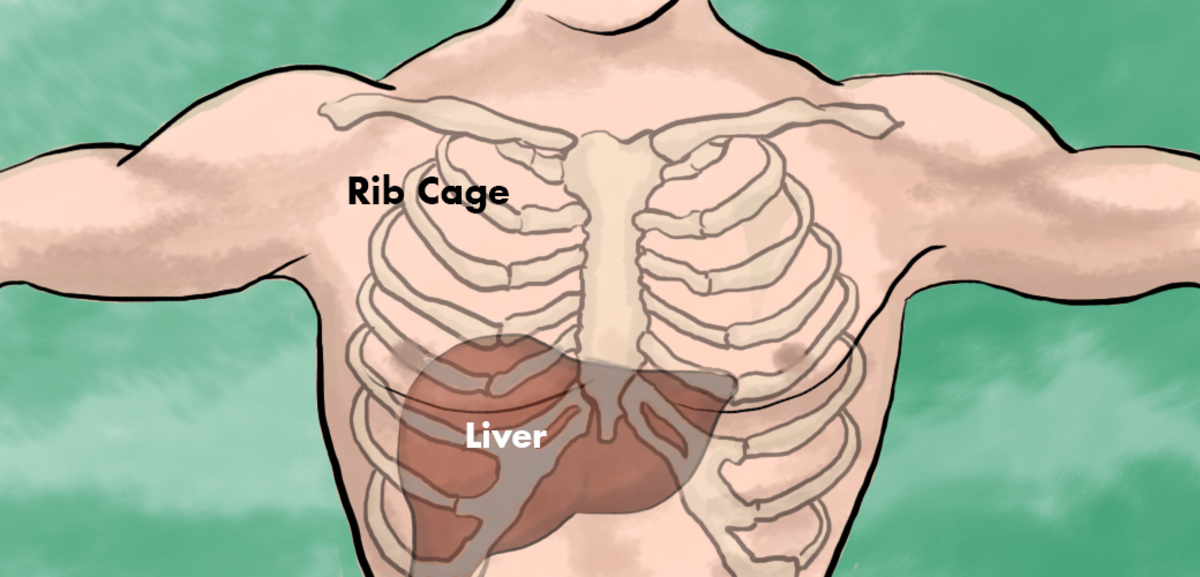Individual Tolerance for Pain
Miserable Headache

Individual Pain Relief
People have different pain thresholds, and relief for pain is unique to each individual. There are two components to feeling pain. First, pain is a biochemical and neurological transmission due to an unpleasant stimulus, whether physical or emotional.
The first step in feeling pain is a biological response to painful stimuli, such as a pinprick, that signals the brain, and the second part is the brain’s perception of the pain. Are you going to shrug it off and continue on with whatever activity you were doing, or are you going to stop all activity and focus on the pain?
Effects of Emotions on Pain
Your brain and emotions can actually moderate or intensify pain, partly based on past experiences or traumas. Pain tolerance can be influenced by depression or anxiety as it increases an individual’s sensitivity to pain. People who smoke or are obese report more pain. In addition, Americans are living longer; therefore, there are more people with arthritis and other chronic painful conditions.
More women report pain then men (27.1% to 24.4%); however, studies are still unclear as to whether woman or men actually tolerate pain better. There is the standing joke that if men had to have babies, we wouldn’t have any, but there is no proof that women actually tolerate pain better.
Tools to Manage Chronic Pain
The Brain Interpreting Pain Messages
Other factors that may affect how you interpret pain messages reported by the Mayo Clinic are:
- Emotional and psychological state
- Memories of past pain experiences
- Upbringing
- Age and sex
- Beliefs and values
- Social and cultural influences
- Attitude and expectations
The way you feel pain is influenced by psychological, cultural and biological factors. In some homes you are taught to “man up” or “grin and bear it”, while other homes may have a parent that is prone to complain about every little ache that arises. An athlete may have conditioned himself or herself to endure pain in order to reach their self-imposed goals for success.
Pain - Genetic and Biological Compoonents
There is a genetic component to pain tolerance, which involves an enzyme (COMT) that metabolizes the neurotransmitter dopamine. The stronger the COMT an individual has, t the more receptors that are freed from the dopamine, so endorphins bind to these receptor sites, which gives more pain relief.
Some biological factors may play a role in pain tolerance, such as spinal cord damage and chronic diseases. One example is diabetes, which can cause nerve damage. As an example, recent research reveals that one side of your body may experience pain differently than the other. Right-handed people in a study reported in the Neuroscience Letter tolerated more pain in their right hand than their left.
Furthermore, scientist have discovered that estrogen can act as a natural painkiller. This research study was only done on women, but they concluded that a woman with a higher estrogen level will have higher pain tolerance. One thing to remember is women have fluctuating estrogen levels throughout the month, therefore, the pain tolerance will fluctuate also. Testosterone has not been studied yet
The most common type of chronic pain reported in the U.S. is back pain and the most acute pain is musculoskeletal pain from sports injuries. More than 76 million people report pain, lasting more than 24 hours according to the American Pain Foundation.
Red Head

Redheads Have a Lower Pain Tolerance
Some other genetic factors may influence pain tolerance, such as hair color. Redheads tend to have a mutation in a gene called melanocortin-1 receptor, which belongs to a group of receptors that include pain receptors in the brain.
This gene appears to influence sensitivity to pain and makes a redhead more sensitive to thermal pain, which may be due to a naturally occurring low Vitamin K level. In 2009, the Journal of the American Dental Association concluded that redheads required for anesthesia for dental procedures, as they are more sensitive to pain.
Treating Chronic Pain
While you can’t change your genetic receptors, there are some things you can do to lessen the effects of pain. Learning new coping mechanisms can have a big impact on the quality of your life. For instance, exercise can help you tolerate more pain.
Researchers are working with alternative remedies, such as relaxation techniques, biofeedback and teaching people to divert their mind from zeroing in on the pain.
Women who use breathing techniques during natural childbirth is a prime example. Mind over matter can work. So, meditation, distraction and a positive attitude are a few things that people can do to lessen pain.
Chronic pain, such as Fibromyalgia, arthritis, headaches or back problems, can interfere with your daily activities and relationships. Too frequently pain relief treatments are ineffective, which leads to frustration, decreased functioning, stress, isolation and worsening pain.
When this is the case, it would be wise to consider a pain rehabilitation program, which uses a team approach unique to the patient. The medical team is typically composed of physical therapist, occupational therapist, nurses, psychologists, social workers, dietitians and chaplains. Each case is unique and the team works to develop a unique plan of care for each individual and their family members.
Keep Track of Pain
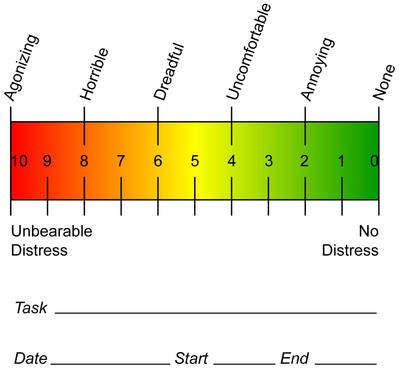
Reactions Differ Between People
Another consideration is one person might have unbearable pain, stays quiet, and does not take medication, then goes on with his or her day. Another person may have the same pain, be under the same physical stress but is moaning, popping pain pills, cries and stays in bed.
You could make an argument that the first person may have conditioned themselves to suppress such manifestations of pain, or maybe their culture looks down on weakness. The conscious suppression of pain reaction involves the I-function, which is an aspect of the nervous system. This doesn’t include a genetic componet.
What is a Chronic Pain Syndrome?
Typical Pain Rehabilitation Program
These pain rehabilitation programs typically include:
- An initial evaluation review of physical and psychological conditions, medications, work status and relationships.
- Behavior therapies are taught to help restore physical activities.
- Medication management is essential, as many patients end up addicted to opioids; which may worsen pain if used long term and decreases pain tolerance. The goal is to reduce or eliminate some medications or find alternatives.
- Physical therapy is almost always essential as patients are typically deconditioned; often patients have gained weight, have lost strength and stamina, which makes activities of daily living difficult.
- Stress management is taught utilizing relaxation techniques, such as meditation, biofeedback, and is sometimes utilized with counseling individually or in group therapy, which often includes the family. Acupuncture and hypnosis also may be offered.
Summary
When your body is in pain you may be able to train yourself to react differently, thus lessening the perception of pain. It is possible to change your tolerance to pain, and if you are plagued with a chronic painful condition it is well worth the time to learn new coping mechanisms.
This content is accurate and true to the best of the author’s knowledge and does not substitute for diagnosis, prognosis, treatment, prescription, and/or dietary advice from a licensed health professional. Drugs, supplements, and natural remedies may have dangerous side effects. If pregnant or nursing, consult with a qualified provider on an individual basis. Seek immediate help if you are experiencing a medical emergency.

